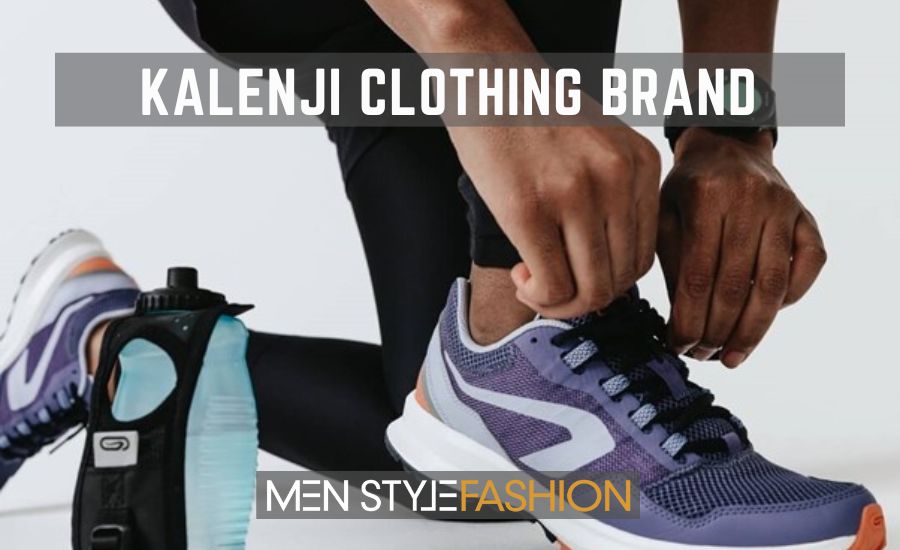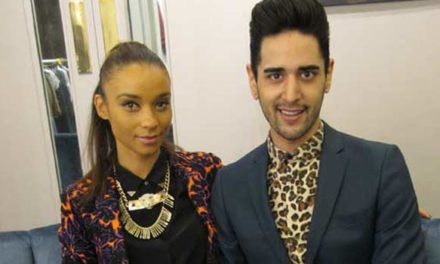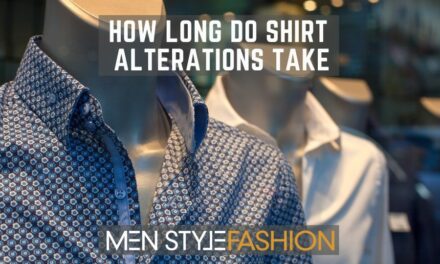Kalenji is a sports clothing and footwear brand specializing in running gear. The Kalenji brand is a subsidiary of Decathlon, the largest retail network of sports goods in Europe.
The headquarters is located in Villeneuve-d’Ascq, near Lille in the north of France.
The name “Kalenji” comes from the name of the Kalenji tribe in Kenya, known for its running traditions and numerous outstanding long-distance runners such as David Rudisha (two-time Olympic champion), Eliud Kipchoge (world record holder in long-distance running), Vivian Cheruiyot (four-time Olympic medalist).
Kalenji offers a wide range of products, including running shoes, clothing, and accessories such as headgear, gloves, and socks. All Kalenji products are designed to provide comfort, support, and performance while running.
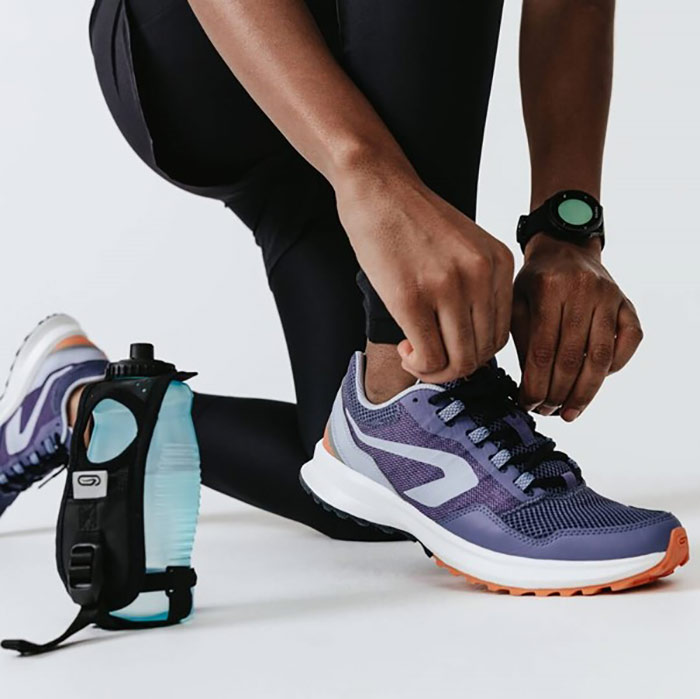
Kalenji’s primary mission is to make running accessible and enjoyable for everyone, regardless of training level or goals. The brand strives to implement innovative solutions that help runners improve their results while maintaining health and safety.
Kalenji collaborates with well-known runners who participate in the development of new models and serve as brand ambassadors
- Stéphane Diagana – 400-meter hurdles world champion in 1997.
- Thierry Breuil – Team running champion in 2011.
- Benjamin Malaty – Best French finisher in the Paris Marathon in 2013, with a time of 2 hours 12 minutes.
- Julien Bartoli – Best French finisher in the Berlin Marathon in 2014, with a time of 2 hours 24 minutes 39 seconds.
- Sophie Duarte – European cross-country champion in 2013.
- Isabelle Jusso – Best finisher in the Templiers 2010 (71 km).
Kalenji offers several lines of running shoes, each of which is designed to satisfy the different needs of runners. Here are some of the most popular models:
Run Active Grip
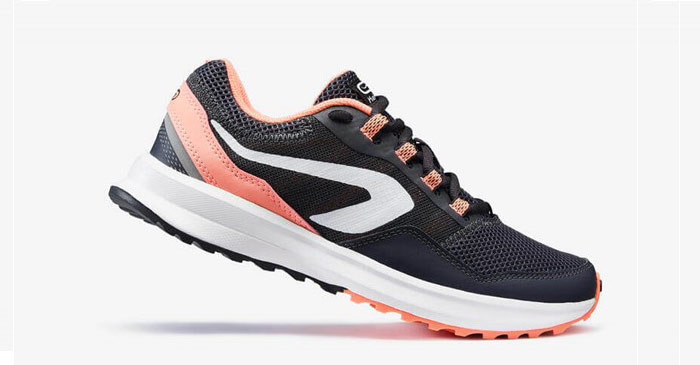
The Run Active Grip sneakers are specially designed for running, taking into account the shock wave that is three times the weight of the runner during running and passes from the heel to the top of the spine. These sneakers are made to absorb shock loads and dissipate vibrations, thus reducing stress on the joints.
The cushioning properties are provided by EVA foam material and CS technology in the heel area, optimizing shock wave absorption. Special attention is given to grip, as a good grooved sole enhances grip with the surface, which is important for running on roads or uneven terrain.
When choosing the size of sneakers, it is recommended to choose one size larger than usual to ensure comfort, considering the swelling of the feet during training. The size range varies from 36 to 42, the weight of the sneaker is 255 g in EU size 39, and the height difference of the sole between the heel and toe is 10 mm.
Run Comfort
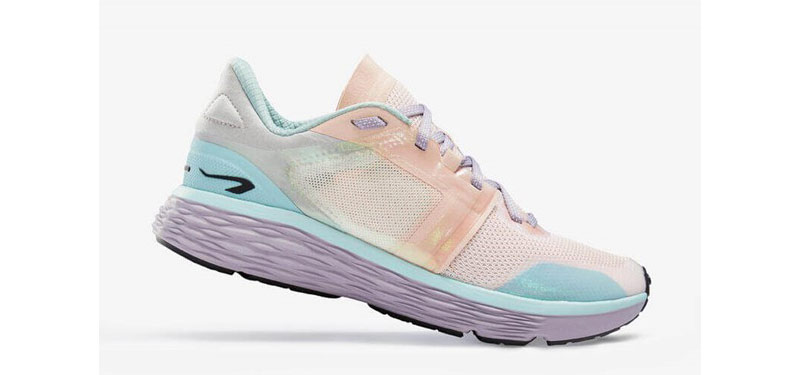
Run Comfort sneakers from Decathlon are specially designed for running, taking into account the shock load that can be three times the weight of the runner during running. This load can create pressure on the joints, so the sneakers are equipped with special cushioning systems.
Cushioning is provided by a flexible and soft EVA foam material (KALENSOLE) and Circular System technology, which contributes to the effective dispersion of the shock wave.
The importance of good support and foot fixation is emphasized to prevent chafing and skin irritation. When choosing the size, it is recommended to consider that the foot may swell during training and to choose a size with a 1 cm gap between the big toe and the toe of the sneakers.
The arch of the sneakers (the height difference between the heel and toe) is 10 mm, and the weight of the sneakers in EU size 38.5 is 240 grams.
Jogflow 500.1
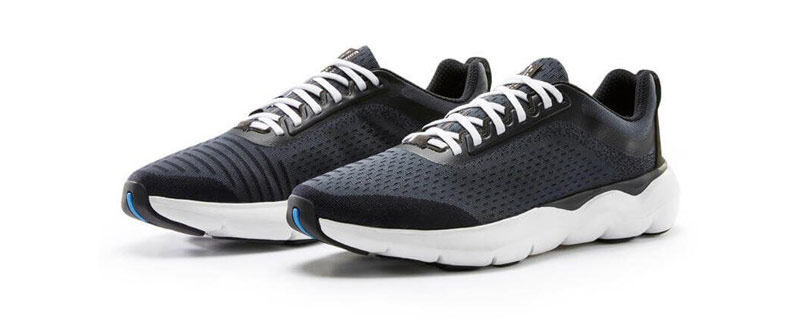
One of the largest studies in the field of shoe cushioning was conducted in 2018 by Decathlon specialists in partnership with the Luxembourg Institute of Health (LIH). The study included 848 participants and 27,761 running training sessions and was aimed at identifying the relationship between the cushioning properties of sneakers and injuries.
Two types of cushioning were tested: flexible (61 N/mm) and rigid (95 N/mm). The result showed 25% fewer injuries among runners using sneakers with a flexible sole. These results served as the basis for creating the FLOW line of sneakers with a flexible cushioning sole, aimed at providing soft cushioning.
For the Jogflow 500.1 model, a 4 mm rise was chosen, unlike the usual 10 mm, with the aim of achieving a more natural step in which the front part of the foot touches the ground first, and reducing the risk of injury.

